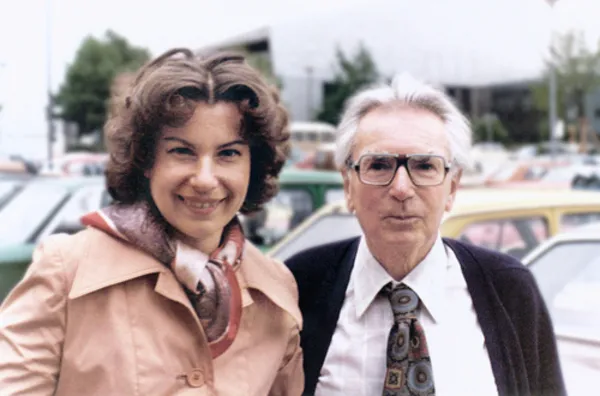Tag: Existential Analysis
-

Eduaction with Meaning
An Overview Professor Maria Marshall Professor Edward Marshall “Shared joy is double joy. Shared sorrow is half sorrow.” (Swedish proverb) For the past twenty years, we have been providing meaning-oriented education and psychotherapy according to the principles of Viktor E. Frankl’s Logotherapy and Existential Analysis. Our approach to psychotherapy contains a logo-educational component to help…
-

The Meaning of Logotherapy in Psychiatry and Psychotherapy
The Meaning of logotherapy in psychiatry and psychotherapy. Presentation by Dr. Cvijeta Pahljina (1943 – 2022), Psychiatrist, at The Future of Logotherapy Congress, Vienna, 2016. Translated b…
-

Logotherapy and Existential Analysis for Burnout and Moral Injury
Viktor Frankl’s Logotherapy and Existential Analysis (LTEA) can be helpful to prevent burnout as well as to manage the effects of moral injury. Burnout and moral injury are two different entities. …
-

Logotherapy and Existential Analysis for Moral Injury validated by Science
Logotherapy and Existential Analysis for the Management of Moral Injury. Edward Marshall, Maria Marshall, Ottawa Institute of Logotherapy, 2021.
-

Trust, Basic Trust, Self-confidence, and trust in God
Interview with Elisabeth Lukas, PhD, by Stefan Baier (Grandios-redaktion, Regensburg, February, 2022). Translated by Maria Marshall, PhD
-

A Snapshot of Meaningful Moments with Prof. Dr. Elisabeth Lukas
If I was to arrange my memories with Dr. Elisabeth Lukas in a photo album, the album would span several decades. My first memory reaches back to 1982. There is a beautiful Christmas tree in my grandparents’ home. It is set on a table with glorious decorations and best of all, marzipan candies covered in…
-

Choosing the Path of Meaning: Breaking the Chains of Violence and the Aggression of War
The current war in Ukraine rests on a fundamental error and faulty attitudes that lead to a vicious cycle of destruction and self-harm. While the implications of this harm to the self, in addition to others, may not immediately perceptible, its consequences are far reaching and deeper than physical wounds.
-

“Existential Angst,” and “Existential Threat:” Implications for Healing and Working Toward Peace
An examination of existential angst and existential threat from an existential perspective reveals that the two dynamics intercept each other at the common point of anxiety. How one chooses to respond to anxiety can have implications for peace-making and healing.
-

Logotherapy and Existential Analysis for the Management of Moral Injury
In the Christian tradition, Advent, the four weeks before Christmas is a time of waiting and preparation. We prepare our hearts and minds for welcoming the Christ Child. Jesus is the “Light of the World.”
-

Saying Yes to Life
Saying Yes to Life. Notes from an Interview with Alexander Batthyany and Elisabeth Lukas on Viktor E Frankl’s logotherapy and existential analysis. January 15, 2021.